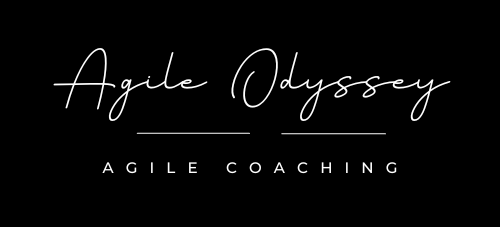In the fast-paced world of software development, finding the right agile framework for your team can make all the difference between chaos and cohesion. For us, that journey led from Scrum to Kanban, a transition that not only streamlined our workflow but also significantly boosted team morale and productivity.
The Scrum Challenge
For a while, our team diligently adhered to Scrum principles. We meticulously planned our bi-weekly sprints, outlining what we aimed to achieve. However, despite our best efforts, we found ourselves constantly shifting priorities. What started as a well-defined sprint plan often morphed into a frantic race to accommodate urgent changes and new requirements. It became clear that the rigidity of Scrum wasn’t aligning with our dynamic project needs.

The Kanban Experiment
Faced with these challenges, we decided to pivot. What if we tried Kanban instead? Kanban’s focus on continuous flow and visual management seemed like a potential solution to our evolving priorities. We approached it not as a definitive switch but as an experiment, a trial to see if it could better suit our team’s unique dynamics.
Early Wins and Adaptation
The initial results were promising. Even after the first sprint using Kanban, we noticed a significant improvement. The team felt more in control of our workload. Our Kanban board became a beacon of clarity, clearly highlighting our priorities and allowing us to visualise work in progress. The freedom to pull tasks as capacity allowed meant we could respond more flexibly to changes without disrupting our flow.
Cultural Shift and Continuous Improvement
As we progressed through subsequent sprints, the shift to Kanban became more natural. Team morale soared as frustrations from shifting sprint goals diminished. Instead of rigid sprint planning sessions, we embraced regular, lightweight planning sessions to discuss priorities and adjust our Kanban board accordingly. This adaptability not only enhanced our productivity but also fostered a culture of continuous improvement.
Maintaining Agile Rhythm
Despite adopting Kanban, we decided to retain a two-week cadence, not for traditional sprints but to synchronize with other teams and to hold regular retrospectives. These sessions became invaluable for reflecting on our process, celebrating successes, and identifying areas for refinement. It ensured that our agile journey remained collaborative and responsive.
Looking Ahead
Today, Kanban has become integral to our team’s success story. It’s more than a framework; it’s a mindset that empowers us to deliver value efficiently while staying attuned to evolving project dynamics. Our experience underscores the importance of choosing an agile approach that fits your team’s unique needs and continuously adapting it to foster growth and innovation.
Conclusion
Transitioning from Scrum to Kanban wasn’t just about changing methodologies, it was about empowering our team to work smarter and happier. By embracing Kanban’s principles of flow, visualisation, and continuous improvement, we’ve unlocked a new level of agility that propels us forward. If you’re facing similar challenges in your agile journey, consider experimenting with Kanban. You might be surprised by the transformative impact it can have on your team’s productivity and satisfaction.
